Landscape Painting Rules: Essential Guidelines for Artists
12 Oct 2025Learn the essential rules for landscape painting, from composition and color palette to perspective, lighting, brushwork, and choosing the right medium.
Continue reading...Whether you work with oil, watercolor or a digital brush, the right technique can turn a good piece into a great one. Below are easy‑to‑apply ideas you can start using today. No jargon, just clear steps that work.
Oil paint feels forgiving, but errors happen. If you notice a wet smudge, gently wipe it with a clean rag and a little mineral spirits. For a tacky layer that’s not dry yet, smooth it out with a soft brush and add a thin glaze of the same color. When the paint has hardened and you see a wrong shape, use a palette knife to scrape the area, then re‑apply fresh paint in thin layers. Glazing over a dry mistake can also blend it in without starting from scratch.
Remember to work from thin to thick. Start with a lean (more solvent) base, then add thicker, richer paint on top. This helps the paint dry evenly and reduces cracking later.
Portraits rely on the eyes. Keep the pupils bright and the shadows soft to give life. A quick trick: paint the eye whites first, then add a tiny bit of blue or green for realism. For the background, use muted tones so the face stands out.
Landscape painters often ask which colours work best. Begin with a limited palette – think two earth tones, one green and one sky colour. Mix new shades by adding a bit of white for light or a touch of the complementary colour for depth. The rule of thirds also helps: split your canvas into three rows and columns, place the horizon on a line, and position main elements at the intersections.
Abstract art can feel scary, but start with a simple shape or colour that you like. Lay down a broad wash, then add texture with palette knives or sponges. Don’t worry about “getting it right” – let the paint move and interact. If a spot feels too busy, pull back with a clean brush and a little water or solvent to soften the edge.
Across all mediums, keep a clean brush in each hand – one for thick paint, one for thin washes. This speeds up switching between details and backgrounds. And always step back a few feet; it’s amazing how a small change can make the whole piece click.
Try one of these ideas in your next session and see how it changes the outcome. Small tweaks add up, and soon you’ll notice your work looking sharper, cleaner and more confident.
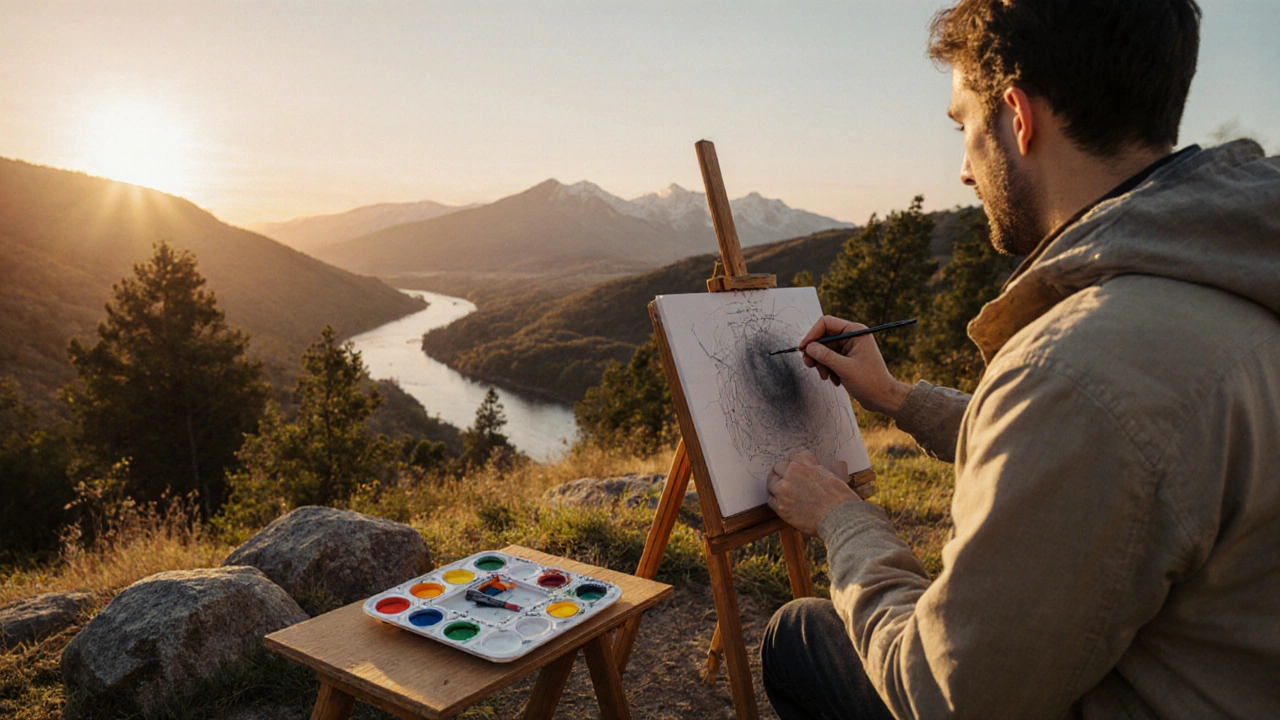
Learn the essential rules for landscape painting, from composition and color palette to perspective, lighting, brushwork, and choosing the right medium.
Continue reading...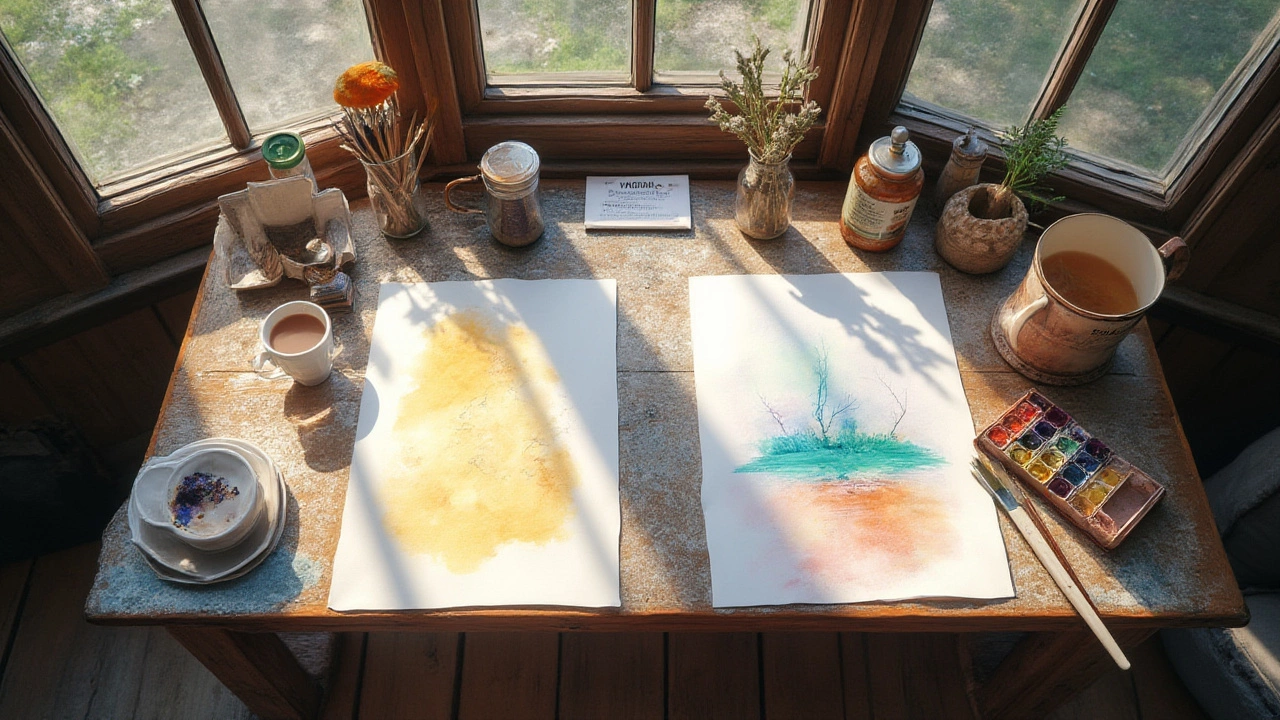
Should you sketch before diving into watercolor? Get the lowdown on the benefits and drawbacks, plus expert tips for every artist—from beginners to pros.
Continue reading...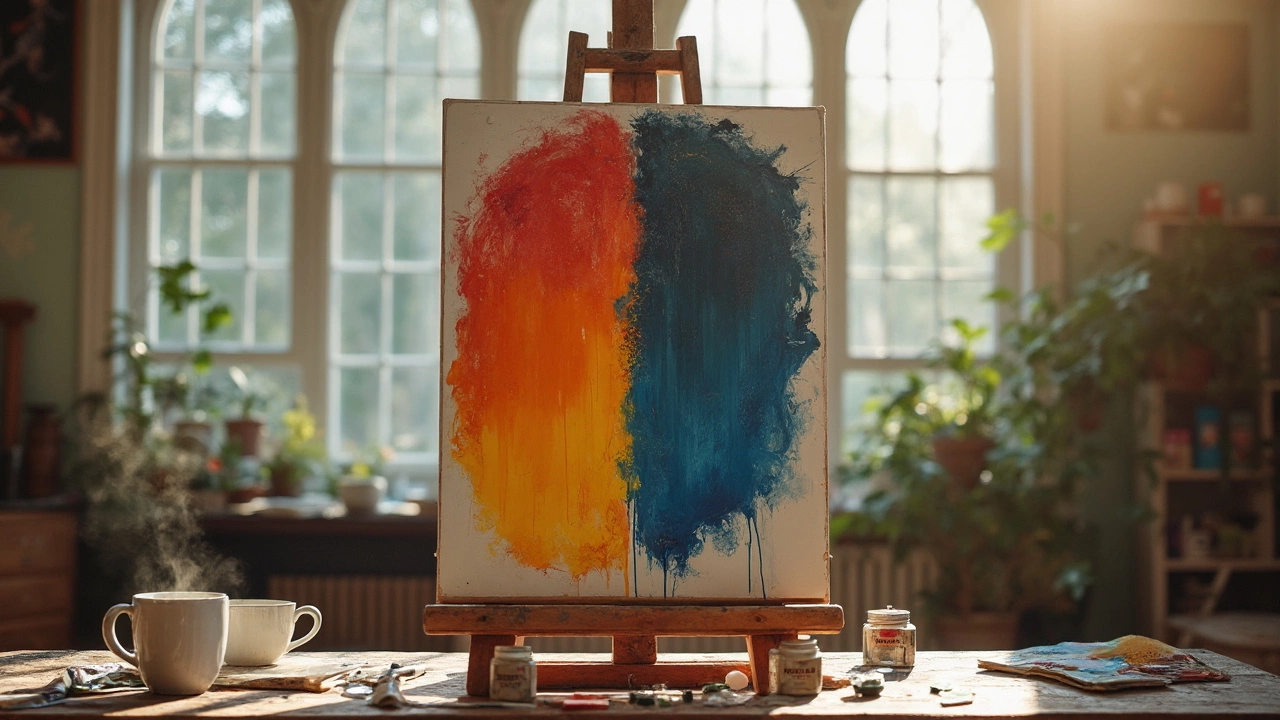
Thinking about painting a portrait but not sure if acrylic or oil paint is easier to use? This article breaks down the main differences in handling, drying times, and techniques for both mediums. Get real-life tips and hear about some common mistakes to avoid. Find out which paint suits your style and skill level, and how to make each one work for you. Make better choices and get more joy out of your next portrait project.
Continue reading...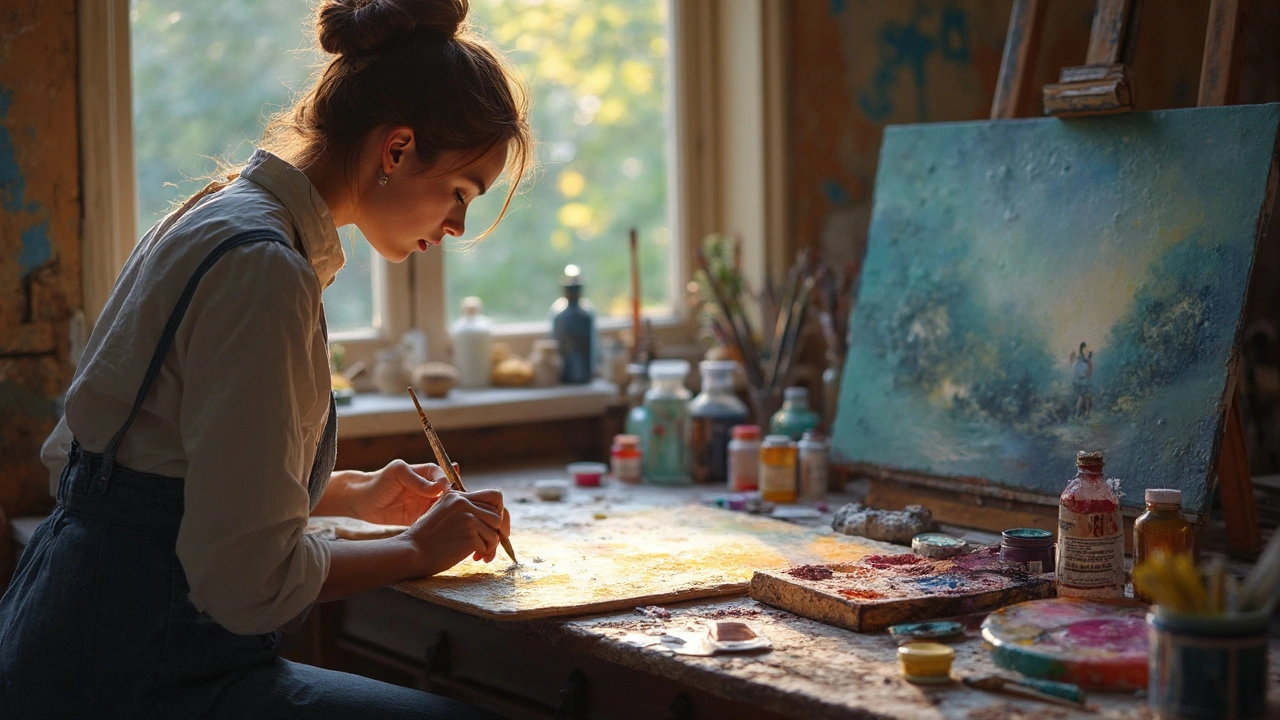
Ever wondered why some paintings seem to glow or have a magical softness? Scumbling might be the secret. This technique adds layers of life to your artwork by letting bits of color peek through. It's not tricky, but it can totally change the look of your painting. Discover how to use scumbling in oil painting, what tools work best, and why even the Old Masters loved this trick.
Continue reading...
Dive into the world of portrait painting by exploring its three main types. Uncover the unique characteristics of traditional, contemporary, and environmental portraits. Learn practical tips to enhance your understanding and appreciation of each style. Discover how artists capture personalities and emotions through different techniques. This guide is perfect for both art lovers and budding painters looking to enrich their skills.
Continue reading...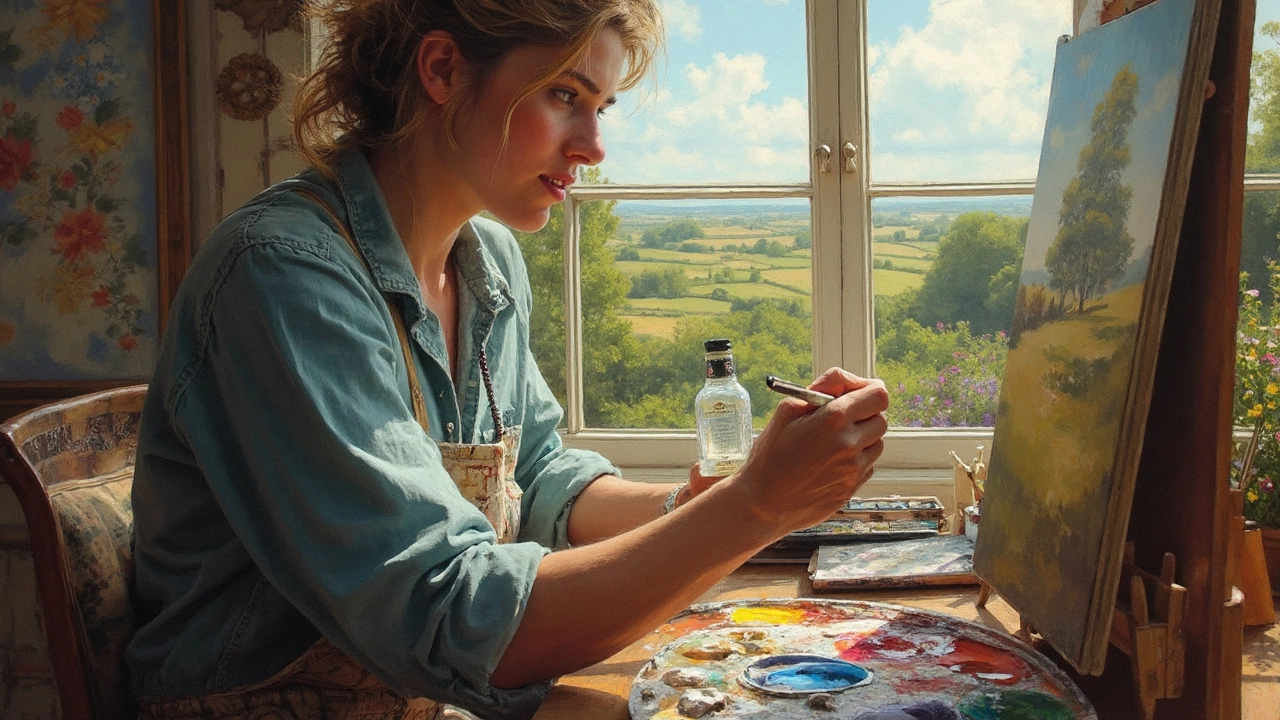
Oil painting is an art form with specific techniques blending creativity with skill. The golden rule emphasizes 'fat over lean,' ensuring layers dry properly. Understanding and applying this principle prevents cracks and enhances durability. This article explores essential oil painting techniques, offering practical tips for artists.
Continue reading...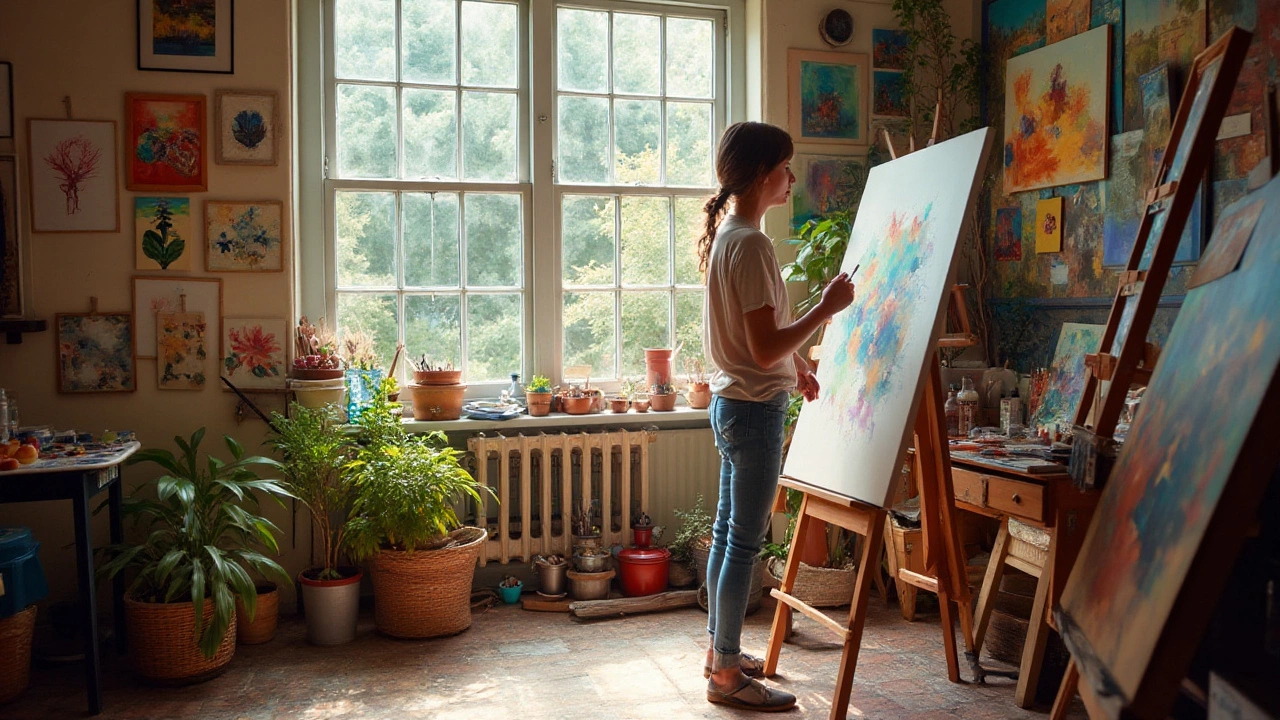
Embarking on the journey of abstract painting can seem daunting at first, but with the right understanding and tools, it becomes an exploration of creativity. This art form allows for freedom of expression and breaks traditional barriers. The article delves into the essentials of abstract painting, from understanding the fundamentals and selecting materials to exploring various styles and techniques. Tips and inspiration are provided to help new artists find their unique voice in abstract art.
Continue reading...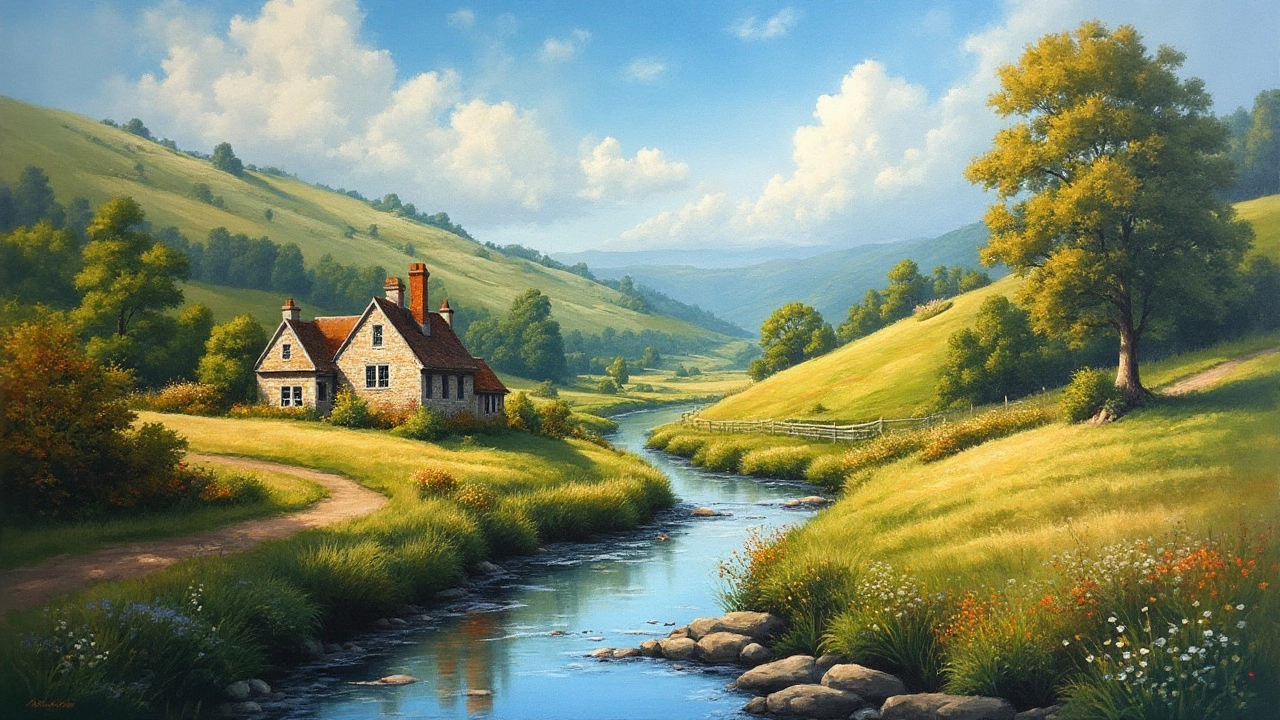
Landscape painting is a captivating form of visual art that captures the beauty of nature on canvas. Three major components—composition, color, and texture—contribute significantly to the effectiveness of a landscape painting. Understanding and mastering these components can help artists convey mood and depth in their work. This article explores these essential elements, providing interesting facts and helpful tips for artists who wish to enhance their landscape painting skills.
Continue reading...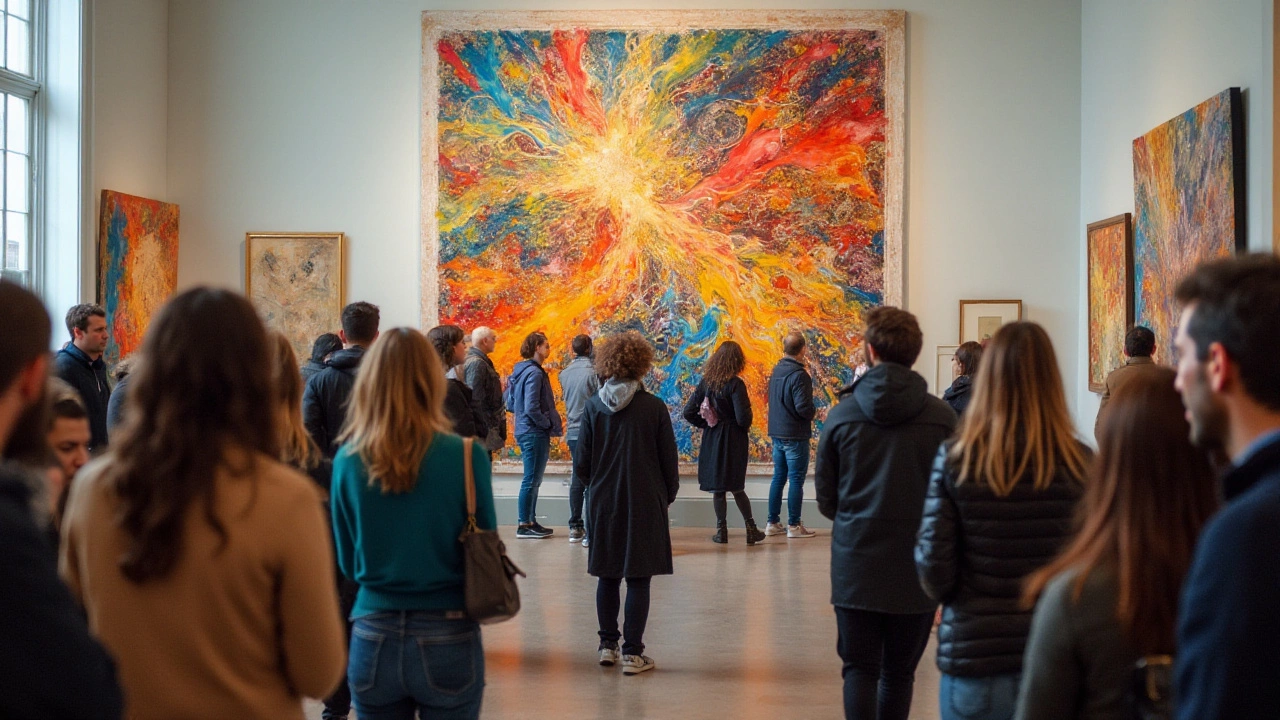
Abstract art speaks a visual language that breaks away from realistic representation, focusing instead on internal forms and structures. This article delves into the seven key elements that make up abstract art: line, color, shape, form, texture, space, and value. Each element plays a critical role in creating the diverse and emotive effects characteristic of abstract works. The article guides readers through understanding how these elements are used by artists to transcend traditional aesthetics, offering insights into the techniques and thought processes involved.
Continue reading...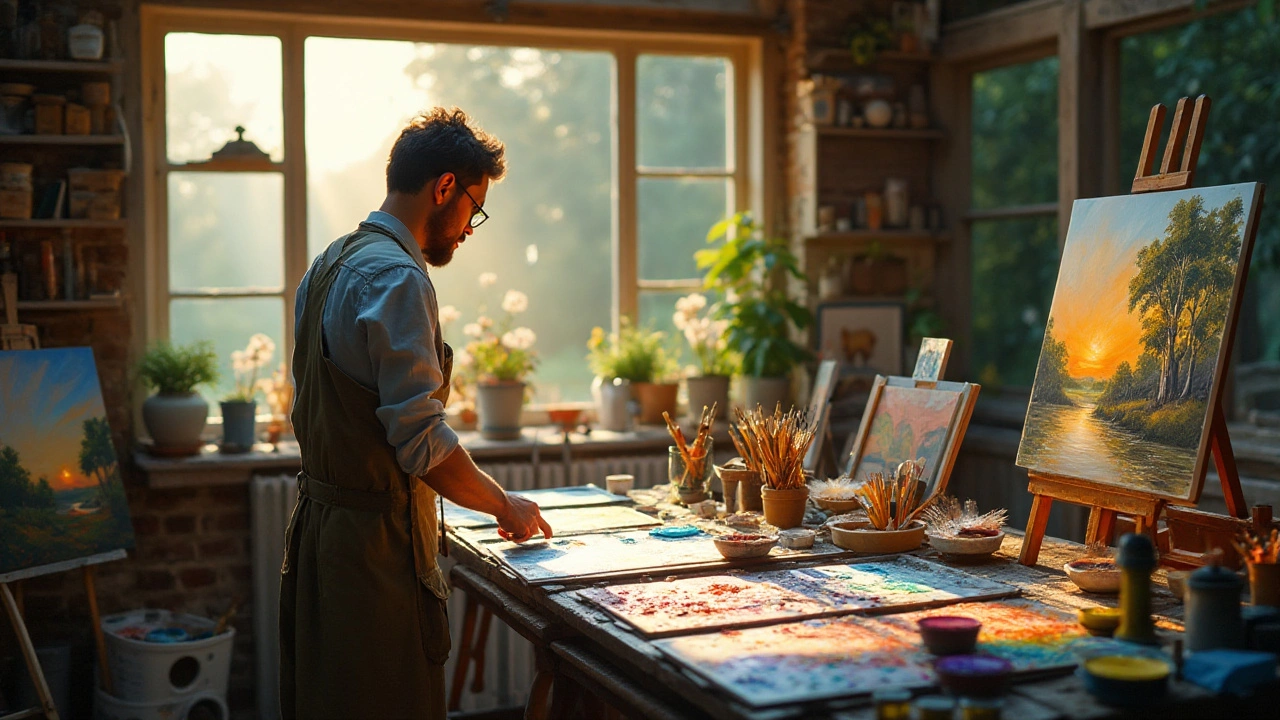
Explore the myriad ways to activate oil paint and bring your artwork to life. Discover the different mediums and tools that affect the texture, drying time, and vibrance of oil paints. Learn practical tips to enhance your painting technique and create stunning masterpieces effortlessly. From understanding traditional methods to experimenting with modern solutions, this article provides a comprehensive guide for artists looking to deepen their practice.
Continue reading...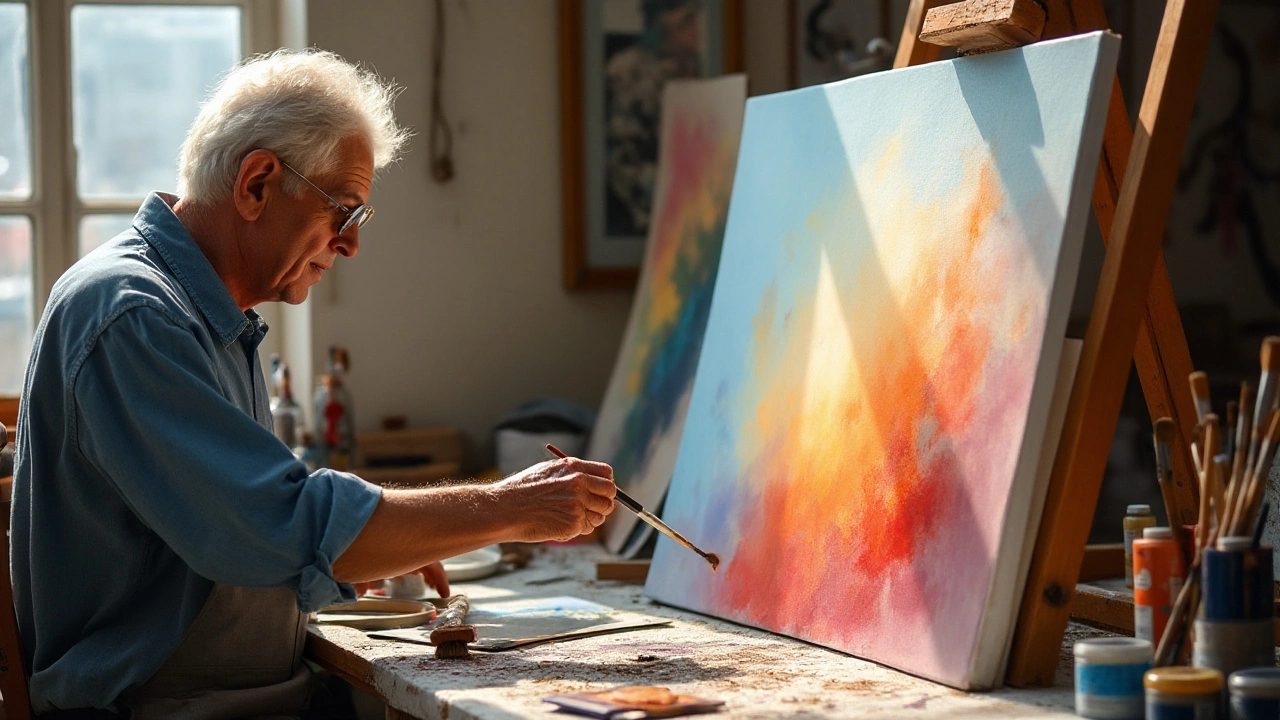
The wash technique in oil painting is a dynamic and versatile method that artists use to create luminous effects and soft gradations. This technique involves using thinned oil paints to create translucent layers that allow light to interact with the painting surface in a unique way. Understanding the interaction of oil paints with the canvas is fundamental in achieving this beautiful method. Explore the steps, tips, and common mistakes to watch out for while enhancing your artistry with washes.
Continue reading...